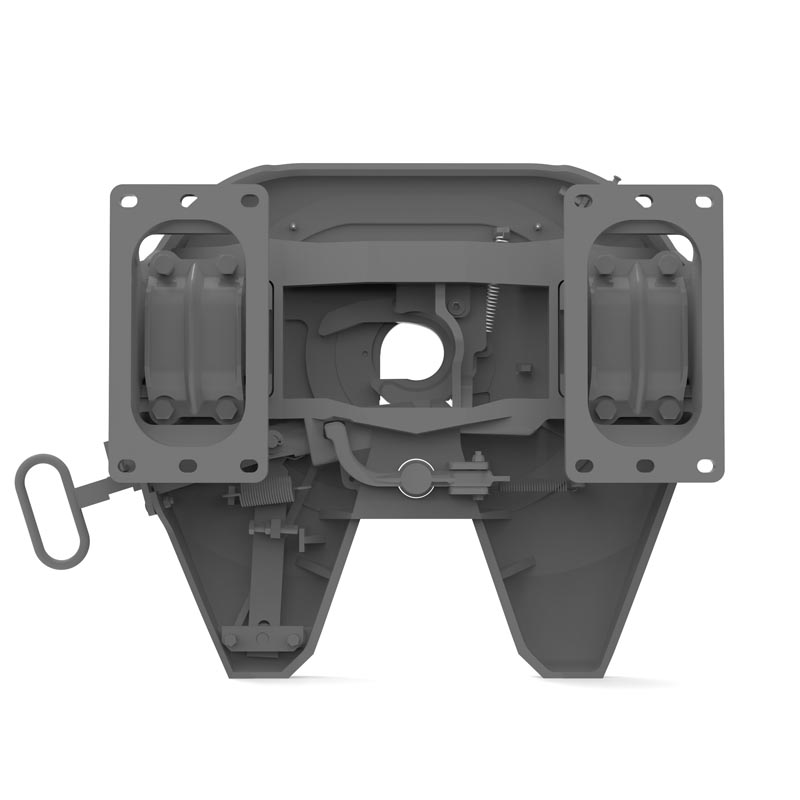Dec . 03, 2024 22:49 Back to list
Understanding the Functionality of 5th Wheel Diagram in Trailer Design and Operation
Understanding the 5th Wheel Diagram A Guide to Heavy-Duty Trucking
In the world of heavy-duty trucking, the need for precision and efficiency is paramount. One of the essential tools that facilitate understanding and communication in this industry is the 5th wheel diagram. This diagram not only serves as an educational resource but also plays a crucial role in engineering design, maintenance, and safety evaluations of truck and trailer systems.
What is a 5th Wheel?
Before delving into the specifics of the 5th wheel diagram, it’s important to clarify what a 5th wheel actually is. The 5th wheel coupling mechanism is a pivotal component in semi-truck design, providing the connection between the tractor unit (the truck) and the trailer. This device allows for a smooth pivoting of the trailer over the rear axle of the truck, which is critical for maneuverability, especially when navigating tight corners.
The Importance of the 5th Wheel Diagram
The 5th wheel diagram serves multiple purposes. Firstly, it provides a visual representation of how the 5th wheel functions, displaying the various components involved in the coupling and uncoupling process. Typically, the diagram will indicate the key parts, such as the 5th wheel plate, kingpin, locking mechanism, and any safety features. This can be particularly beneficial for training new drivers or mechanics, allowing them to understand the system at a glance.
Moreover, the diagram is instrumental in troubleshooting and maintenance. By closely examining the diagram, professionals can identify potential issues that may arise with the 5th wheel system. Common problems might include wear and tear on the locking mechanism, misalignment of the kingpin, or issues stemming from improper coupling techniques. A well-detailed diagram assists technicians in diagnosing issues quickly and accurately, minimizing downtime on the road.
Components of the 5th Wheel Diagram
A typical 5th wheel diagram will include several critical components, each serving a specific function
5th wheel diagram factory

1. 5th Wheel Plate This is the flat, horizontal surface on which the kingpin of the trailer rests. It's designed to withstand significant forces as the truck and trailer move.
2. Kingpin A protruding component on the trailer that fits into the 5th wheel plate, ensuring a secure connection between the truck and trailer.
3. Locking Mechanism This is crucial for safety, as it holds the kingpin securely in place within the 5th wheel plate. Understanding how this mechanism operates is essential for both drivers and maintenance personnel.
4. Safety Features Many diagrams include additional safety components, such as pins or safety chains, which provide extra security during operation.
5. Pivot Point Understanding the pivot point is essential for maneuvering. It is the location where the trailer rotates while turning, which affects how the vehicle negotiates curves.
Practical Applications of the 5th Wheel Diagram
The applications of the 5th wheel diagram go beyond academic understanding. For drivers, comprehending this diagram can lead to better driving practices. For example, knowing how weight distribution affects the coupling process can improve handling and reduce the risk of accidents. Additionally, mechanics can use these diagrams during inspections to ensure that all components are functioning correctly before a vehicle hits the road.
Conclusion
In summary, the 5th wheel diagram is an invaluable tool in the trucking industry, bridging the gap between theoretical knowledge and practical application. By illustrating the critical components and functions of the 5th wheel, it aids in training, maintenance, and safety evaluations. For those involved in heavy-duty trucking, understanding this diagram is more than just an academic exercise; it is a fundamental aspect of ensuring safe and effective operations on the roads. As the industry continues to evolve, the importance of such diagrams in promoting safety and efficiency cannot be overstated.
-
Durable Germany Type Suspension for Heavy Duty Trucks & Trailers
NewsAug.23,2025
-
American Type Welding Suspension Series: Strong, Reliable Hooks
NewsAug.22,2025
-
Hezhen 1-3mm Luminous Stone- Shijiazhuang Land Auto Component Ltd.|Durability&High Luminosity
NewsAug.18,2025
-
Hezhen 1-3mm Luminous Stone - Shijiazhuang Land Auto Component Ltd.
NewsAug.18,2025
-
Hezhen 1-3mm Luminous Stone - Shijiazhuang Land Auto Component Ltd.|Durable & Versatile
NewsAug.18,2025
-
Hezhen 1-3mm Luminous Stone - Shijiazhuang Land Auto Component Ltd.|Durable Glow-in-the-Dark Solution&Versatile Applications
NewsAug.17,2025
